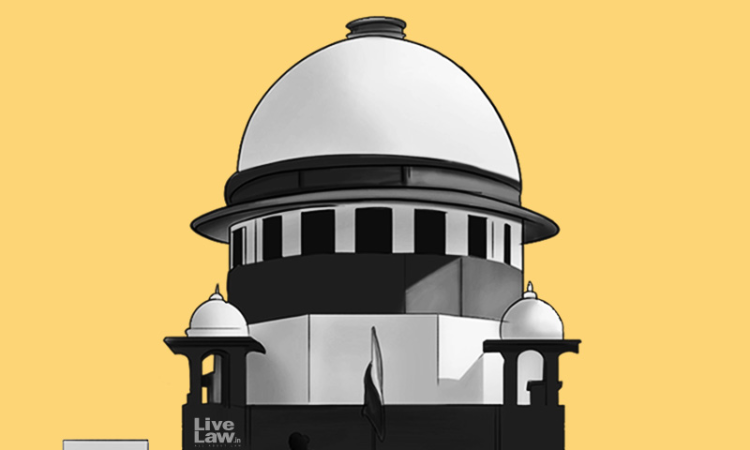Nomenclature Of Tax Does Not Determine Its Nature Of Levy Or True Character : Supreme Court
Shruti Kakkar
23 Oct 2021 11:10 AM IST

Next Story
23 Oct 2021 11:10 AM IST
The Supreme Court on Friday held that the nomenclature ascribed to a tax does not determine the nature of the levy or its true and essential character. Holding so, the Court observed that the tax labelled as "water tax" or "sewerage tax" under the UP Water Supply and Sewerage Act is in substance a tax on land and buildings situated with the area of the Jal Sansthan authority. The Court...
